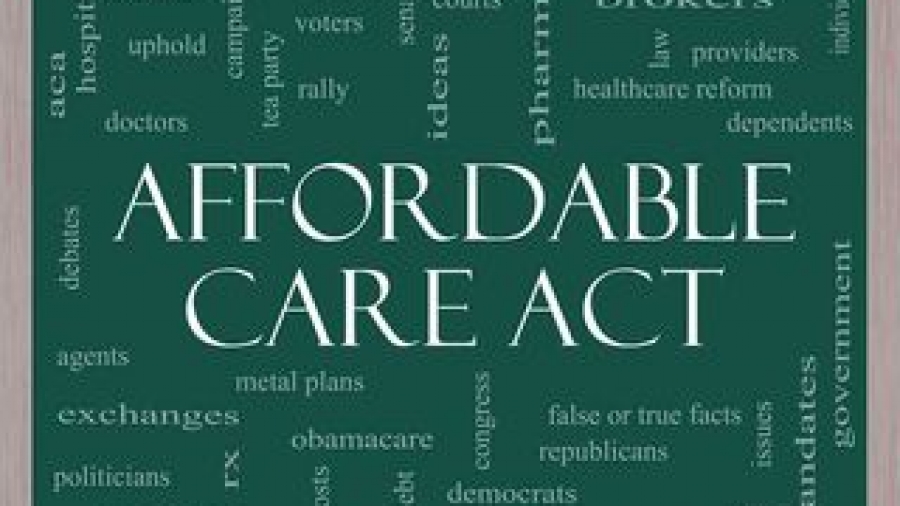Thanks for coming back for more about MMMNA, or the minimum monthly maintenance needs allowance, which is the minimum income allowance for the community (or well) spouse in a Medicaid claim. We've already covered some of the basics of determining MMMNA for your clients; If you didn't see the previous posts, click on the links to find numbers One, Two and Three.
 One question you might have to deal with in MMMNA calculations is the income cap, if you're in a state that has one. Income cap states are a little bit of a different animal, and they raise a question: Does the insurance allowance include the Medigap premium? Yes it does. So Medicaid will allow you to deduct any cost of insurance and Medicare will be a primary insurer, which means they’re going to allow you any insurance costs related to the Medigap because that benefits Medicaid. In other words, Medicare would be the primary payer, and Medicaid would become the secondary.
One question you might have to deal with in MMMNA calculations is the income cap, if you're in a state that has one. Income cap states are a little bit of a different animal, and they raise a question: Does the insurance allowance include the Medigap premium? Yes it does. So Medicaid will allow you to deduct any cost of insurance and Medicare will be a primary insurer, which means they’re going to allow you any insurance costs related to the Medigap because that benefits Medicaid. In other words, Medicare would be the primary payer, and Medicaid would become the secondary.
Another issue along these lines is income limits. The income limit applies to the institutional spouse only in an income cap state.To review, in our previous posts we talked about the MMMNA individual allowance and the personal needs allowance, and we went over the MMMNA for a person who is married. The income cap is a different provision. In income cap states, it doesn’t matter if you’re married or single. It doesn’t matter what your income allowances are. It’s just a simple test: If a Medicaid applicant’s income exceeds $2,130, then the applicant doesn’t qualify for Medicaid. According to income cap states, that person has too much money.
It doesn’t matter how much the spouse’s income is. This is an income limit on the applicant only. So in the case we had before where the husband made $3,000, he would be over the income cap and therefore would not qualify. It might sounds ridiculous and you might feel bad for people who are in an income cap state, but that's the bottom line.
So our usual approach in such states is to do a Miller trust, which is a qualified income trust, or QIT. In a Miller trust, the husband assigns his income to the trust and then the trust pays the cost of care. It’s kind of silly to have to take that step, but those of you who are in income cap states are probably pretty familiar with the Miller trust, so it's not a big issue. If you’re not in an income cap state, you won't have to worry about it.
That's about all we can cover in today's post. Check back back soon for a discussion on MMMNA asset tests.
To learn more about Medicaid join us at our Practice With Purpose event in June. You'll experiece 2.5 days of all that you need training about Asset Protection, Medicaid and VA.
David J. Zumpano, Esq, CPA, Co-founder Lawyers With Purpose, Founder and Senior Partner of Estate Planning Law Center


















